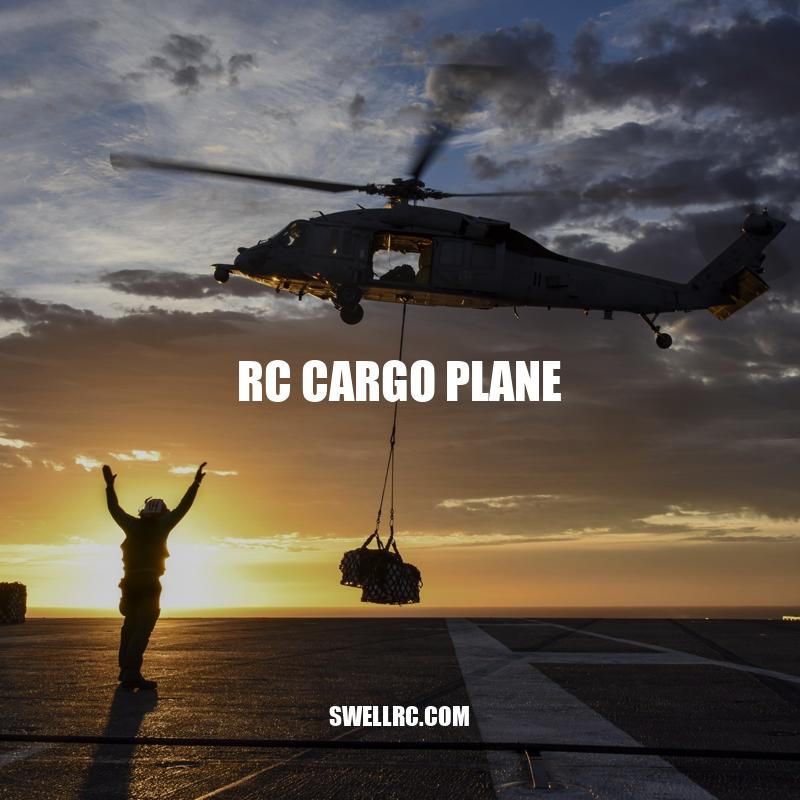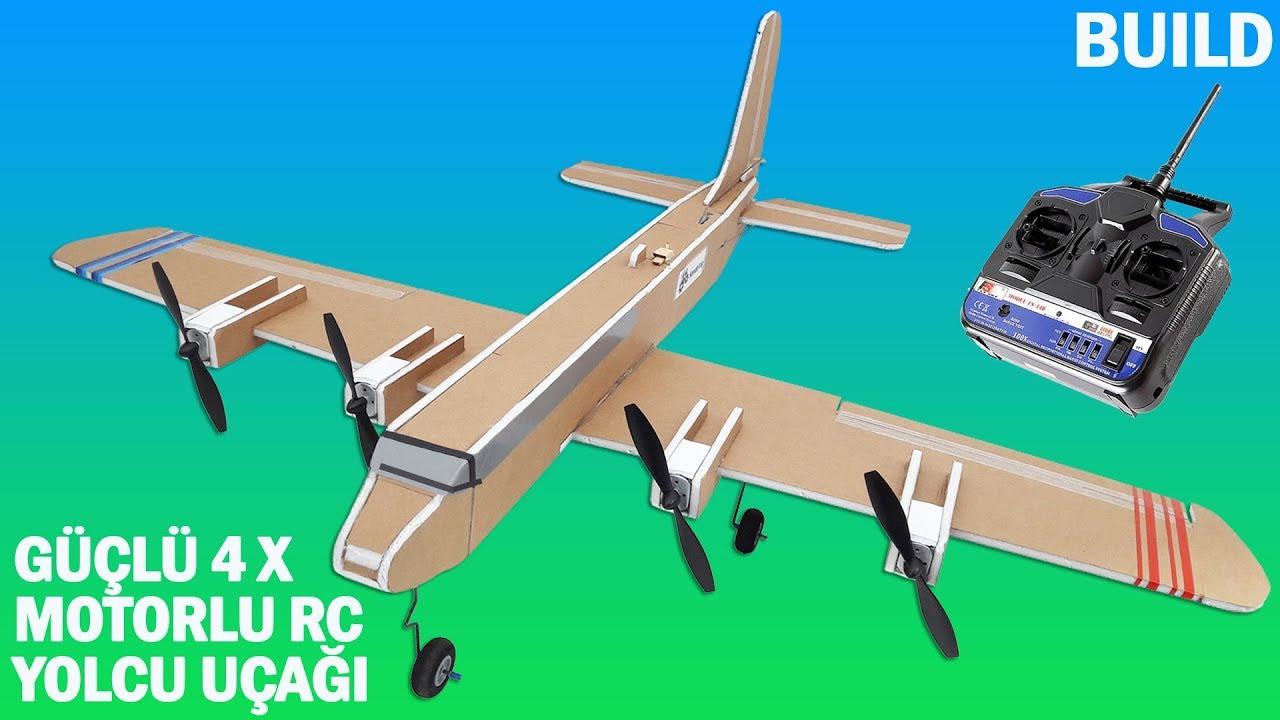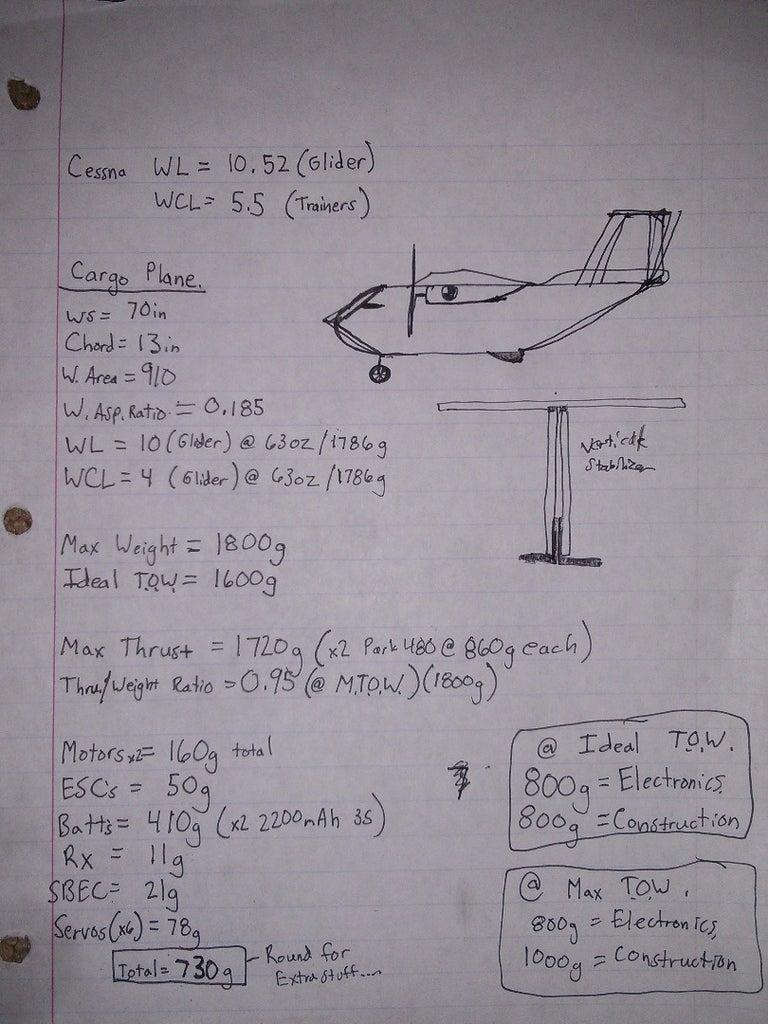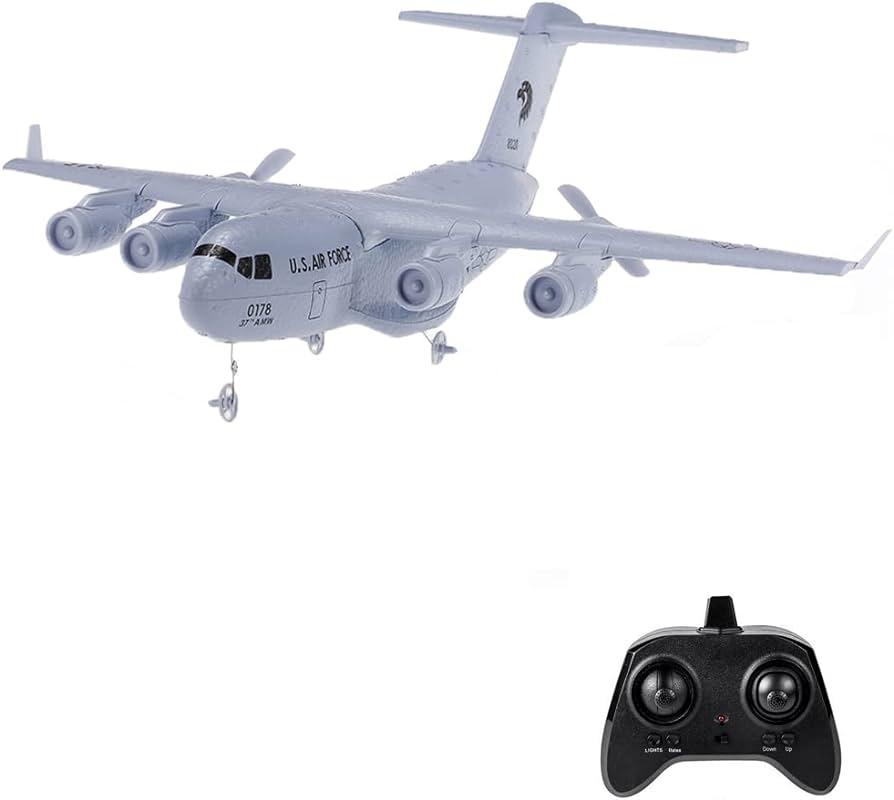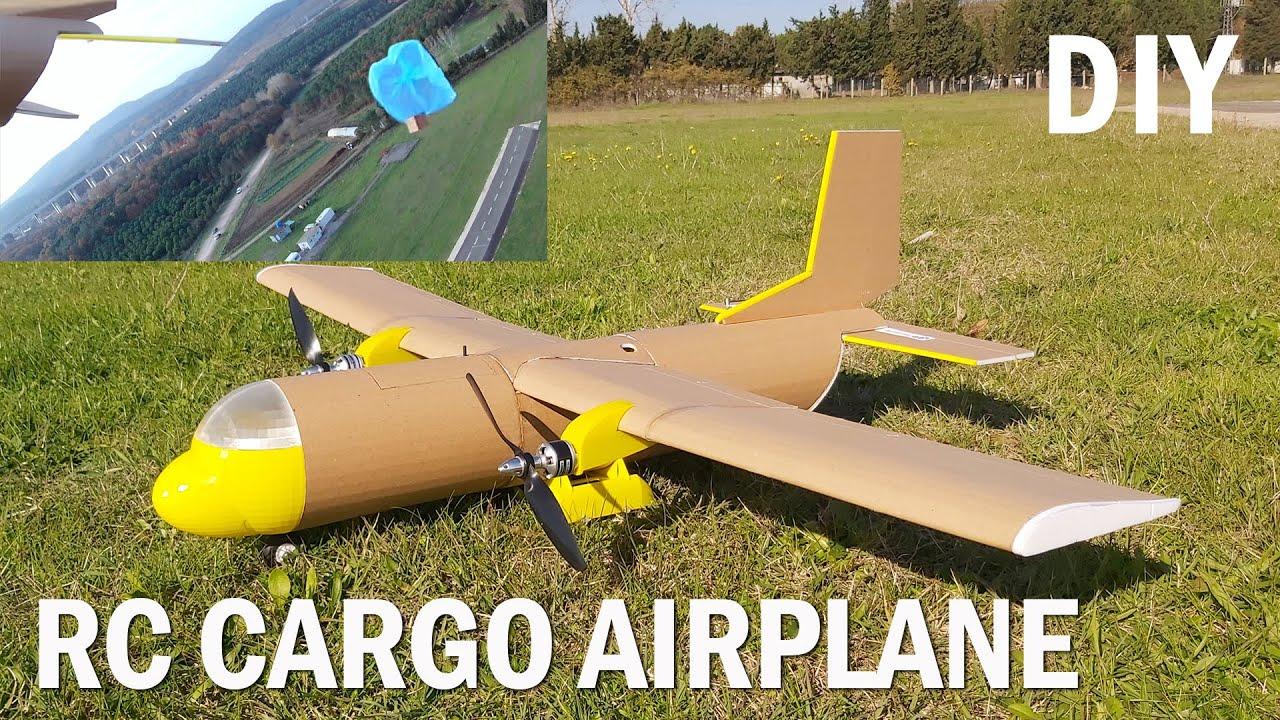Ultimate Guide to RC Cargo Planes: Types, Building, Flying and Maintenance
Remote control (RC) cargo planes have become increasingly popular among hobbyists, enthusiasts, and professionals. These planes are designed to carry payloads or cargo, ranging from small objects such as cameras or sensors to larger items like food packages or medical supplies. RC cargo planes come in a variety of types, sizes, and shapes, and are equipped with powerful motors, strong wings, and stable flight capabilities. They can be flown both indoors and outdoors, and offer a unique and exciting way to experience flying while performing tasks such as aerial photography, search and rescue, or scientific research. In this article, we will explore the history, types, building process, and maintenance tips for RC cargo planes.
Types and Uses of RC Cargo Planes
- Early history of remote control planes and their evolution over time into different forms and uses.
- The development and improvement of RC cargo planes to meet the ever-growing demand.
- The various applications of these planes across different industries including:
- Search and rescue operations
- Aerial photography or videography
- Environmental studies
- Surveillance and reconnaissance missions
- Different types of RC cargo planes available in the market:
- Electric or gas-powered models
- Fixed-wing or rotary vehicles
- Gliders or motorized planes
- Indoor or outdoor planes
- Different sizes and shapes for different payloads and purposes
- Online resources or websites for purchasing and building RC cargo planes:
- HobbyKing
- Tower Hobbies
- FliteTest
- RC Groups forum
What are the different types of RC cargo planes available in the market?
There are various types of RC cargo planes available in the market such as twin-engine cargo planes, small cargo planes, and large cargo planes.
Important Factors to Consider when Choosing an RC Cargo Plane
- Specifications and requirements needed to operate an RC cargo plane:
- Battery life and charging time
- Control range and signal stability
- Payload capacity and distribution
- Motor power and propeller size
- Wingspan and airplane weight
- Flight time and speed
- Building and flying an RC cargo plane requires some technical skills and safety precautions:
- Knowledge of aerodynamics and electronics
- Experience in assembling and soldering components
- Tools and equipment such as a transmitter, receiver, battery, and charger
- Correct manipulation of the controller to avoid crashing
- Protective gear such as goggles and gloves to prevent injury
| Model | Wingspan (inches) | Payload capacity (lbs) | Price ($) |
|---|---|---|---|
| Volantex RC Cargo Plane | 78.7 | 11 | 199.99 |
| Hobbico Flyzone RC Cargo Plane | 47.2 | 6 | 149.99 |
| Top Race RC Cargo Transport Plane | 26.5 | 0.35 | 39.99 |
What are some available models and their specifications for RC cargo planes?
Some available models for RC cargo planes include the Volantexrc C-130 Hercules, the E-FLITE UMX RC Cargo Plane, the Dynam F4U Corsair RC Cargo Plane, and the HobbyZone Sportsman S+ RC Cargo Plane. Their specifications vary but they typically have a wingspan of 30 inches or more, a weight capacity of 1-2 pounds, and a range of up to 300 feet.
Where to Find RC Cargo Plane Kits and Accessories
- Building an RC cargo plane can be a challenging but rewarding experience:
- Choosing the right kit or plans that match your skill level and budget
- Gathering all the necessary materials and tools, including foam, balsa wood, fiberglass, and cutting tools
- Following the instructions carefully and double-checking the measurements to avoid mistakes
- Sanding and smoothing the edges and surfaces of each component to ensure a smooth and aerodynamic look
- Painting and decorating the plane to give it a unique and striking appearance
- There are several vendors and websites where you can buy RC cargo plane kits, parts, and accessories:
- Horizon Hobby, a leading online retailer of remote control planes, offers an extensive selection of RC cargo planes from different brands and price ranges. They also provide free shipping and customer support.
- HobbyKing, a popular supplier of remote control products, offers a wide range of RC cargo plane kits, motors, batteries, servos, and other components at competitive prices. They also offer a community forum for hobbyists to share tips and experiences.
- RC Groups, a dedicated online forum for remote control enthusiasts, offers a wealth of information, reviews, and discussions on various topics related to RC cargo planes, including building, flying, maintenance, and modifications.
What materials are necessary to build an RC cargo plane?
The necessary materials to build an RC cargo plane include balsa or foam, glue, servos, ESC, battery, motor, receiver, transmitter, control surfaces, props, landing gear, and wires.
Tips and Tools for RC Cargo Plane
- Here are some tips for flying and maintaining an RC cargo plane effectively:
- Start with a small payload and practice flying in a safe and open area to get familiar with the plane’s handling characteristics and responsiveness
- Make sure the battery is fully charged and the control system is properly calibrated before each flight
- Avoid flying in windy or rainy conditions that can affect the stability and performance of the plane
- Monitor the cargo weight and distribution to avoid stressing the motor or compromising the balance
- Perform regular maintenance checks on the plane’s components, such as cleaning the motor and checking the control surfaces for damage or looseness
- Some useful accessories and tools for RC cargo plane hobbyists include:
- A digital scale for measuring the weight of the cargo and ensuring it is within the plane’s capacity
- A stable and adjustable workbench for building and repairing the plane comfortably
- A tool set and storage box for organizing and protecting the cutting tools, screws, and other small parts
- A flight simulator software that allows you to practice flying and mastering different maneuvers before attempting them in real life
What accessories and tools are useful for RC cargo plane hobbyists?
Accessories and tools such as a good quality transmitter, batteries, battery charger, propeller, landing gear, servo, receiver, fuel pump, fuel tank, and a tool kit are useful for RC cargo plane hobbyists.
When it comes to RC cargo planes, enthusiasts have a wide range of choices and possibilities to explore. Whether you are a beginner or an experienced hobbyist, there are many options and resources available to help you get started or take your passion to the next level. From building your own plane to customizing the design and adding advanced features, the sky is the limit with these versatile and affordable aircraft. Moreover, the popularity of RC cargo planes has spawned a vibrant community of users who share their knowledge, experience, and ideas through online forums, social media groups, and YouTube channels. Some of the most popular websites for RC cargo planes include RCGroups, Flite Test, and Horizon Hobby. These sites offer a wealth of information on product reviews, technical support, instructional videos, and events to connect with fellow enthusiasts. If you are looking to get into the world of RC cargo planes, take advantage of these resources and start exploring your creativity and adventure. The joy of flying and transporting objects from one point to another is unmatched.
Conclusion
RC cargo planes are a fascinating and rewarding hobby that combines technology, craftsmanship, and creativity. By following the tips and guidelines detailed in this article and leveraging the many resources available online, you can become a skilled and confident pilot in no time. Whether you are interested in aerial photography, drone delivery services, or just enjoying the thrill of flying, RC cargo planes offer a fun and challenging way to explore the skies. So what are you waiting for? Build your own plane, load it up with your favorite cargo, and take off into a world of adventure and discovery!

